Special designing for custom rubber keypads
When you are producing a custom silicone keypad, pay careful attention to the way that your keys will be labeled or marked. Many keypad designs do not require marking, such as keypads that will be held in place by a (labeled) bezel of some kind. However, most keypads need some form of marking to identify the functions of each key. You have a number of different choices when it comes to key creation, each with their own unique benefits.
Printing
Printing is the most often used method of marking silicone and rubber keypads, mostly because it is cheaper and very versatile in colors and shapes used. During the printing process, the keypad is flattened out so the contact surface of the printer can label the key top. Depending on the curvature of your desired key tops, you may be able to print all the way to the edge of each key. You can also print more concentration in the centers.
Printed keys are cheap, but they also wear out rather quickly. Over time the surface of the key is abraded by handing, and the printed surface wears off. There are a few ways to extend the life of printed keys.
1. Plastic end caps can be stuck onto the end of each key, giving the keys a unique texture, while also protecting the key surface from abrasion.
2. Oil coatings on the tops of the keys give the keys a glossy finish. They also extend the life of the printing.
3. Drip coating and Parylene coatings are applied over keys after printing. This produces a barrier between the printed surface and the user without requiring a plastic cap. The coatings extend the life of keys, but you should check the environmental tolerance of the coatings before you utilize them in some cases.
Laser Etching
In laser etching, the silicone rubber surface is treated with an opaque top coat which is laser-etched away to create the design. If you start with a translucent base layer, this can be an extremely useful labeling technique to create a back-lit silicone keypad. The light will shine through the label while it is blocked by the rest of the key, creating a useful visual effect. The coating and capping options are the same for laser etching. Although, since the label is actually NOT printed, they are not as mandatory.
Plastic Caps
Plastic caps should be used for situations where the long life of the keypad is imperative. Plastic key caps can be designed with the numbers/labels molded onto their surface, or with depressions or even differently colored plastics.
Plastic caps are the most expensive solution to the key labeling dilemma. But they are also ideal for situations where the keypad will see so much use that regular printing will not work. If you want to use plastic caps on your silicone keypads, make sure that the plastic that you use is non-conductive and will stand up to the same temperatures as the rest of the silicone keypad.
Additional Considerations
When you decide on a label type for your keys, make sure to consult with the designers and professional engineers at JWT Rubber. We will work with you to find a compromise between key life and cost effectiveness.
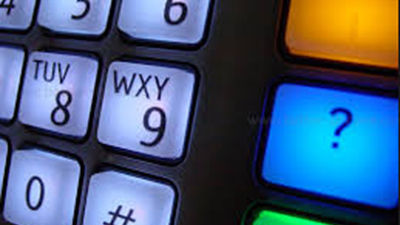
Backlighting Rubber keypad
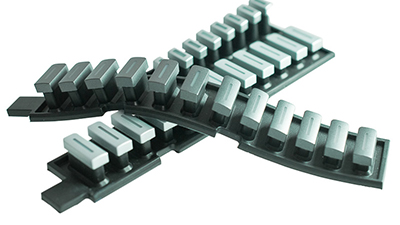
Plastic & Rubber Keypad
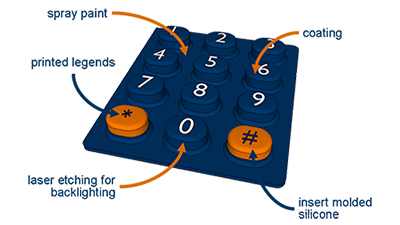
Custom Rubber keypad solution
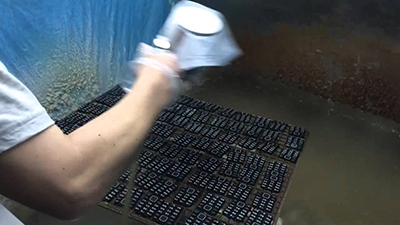
PU coating
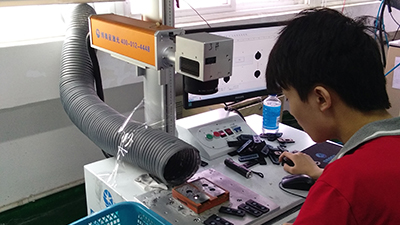
JWT Laser etching device
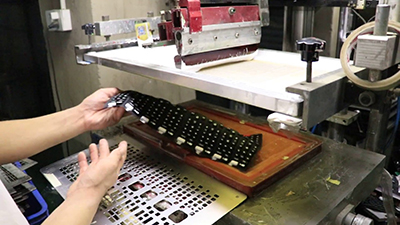
Silk Printing Rubber keypad
Post time: Jul-05-2020
